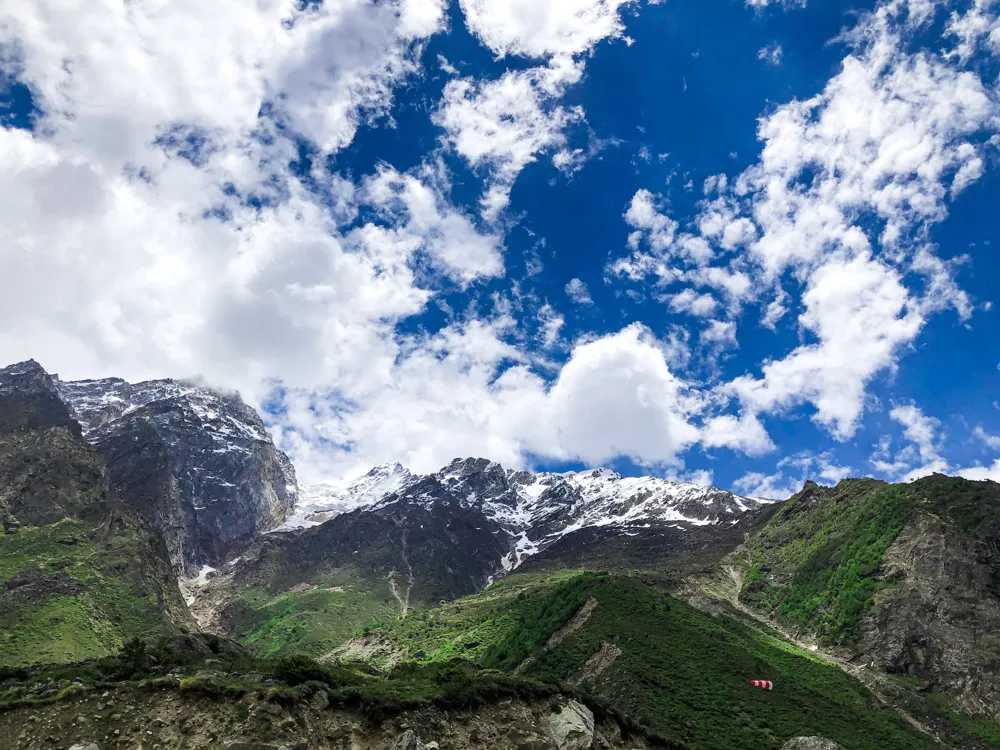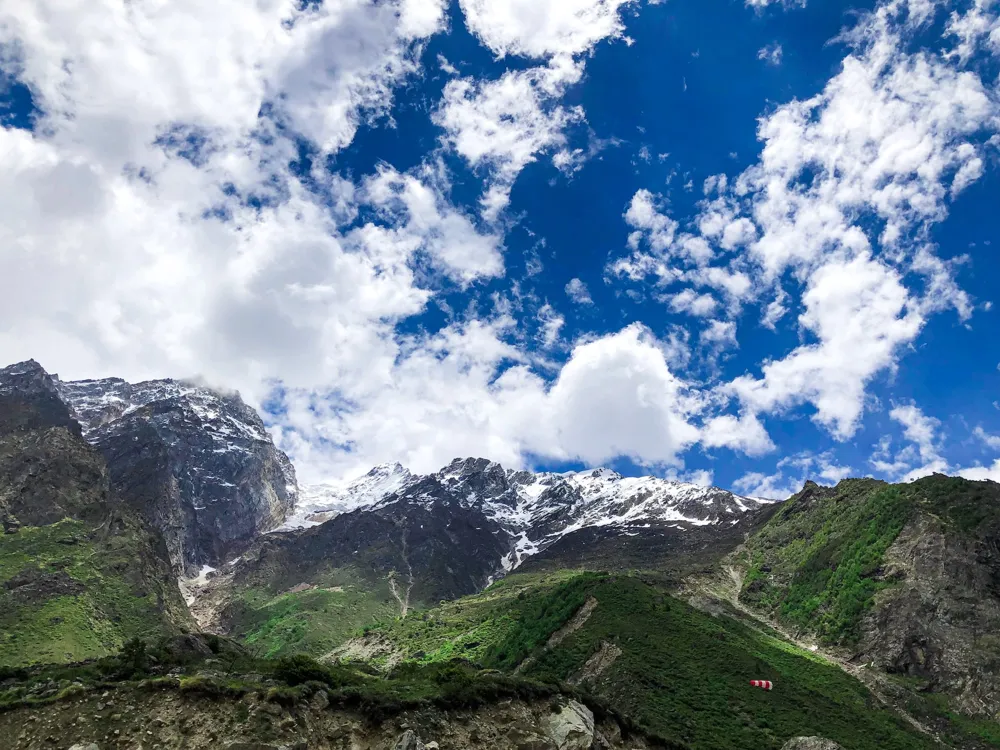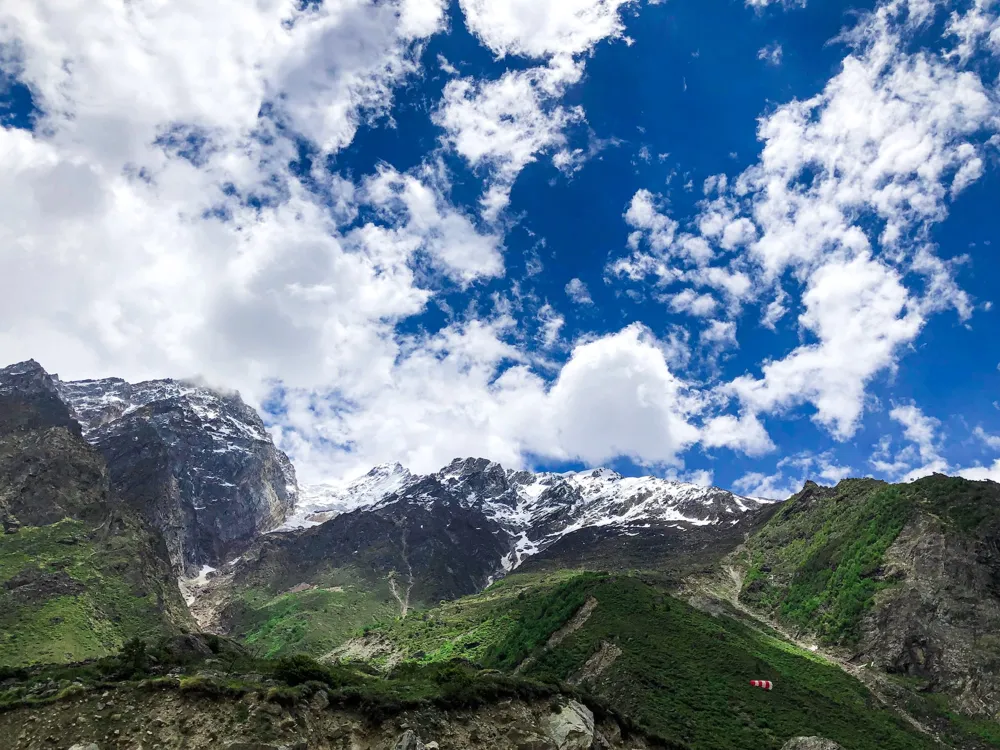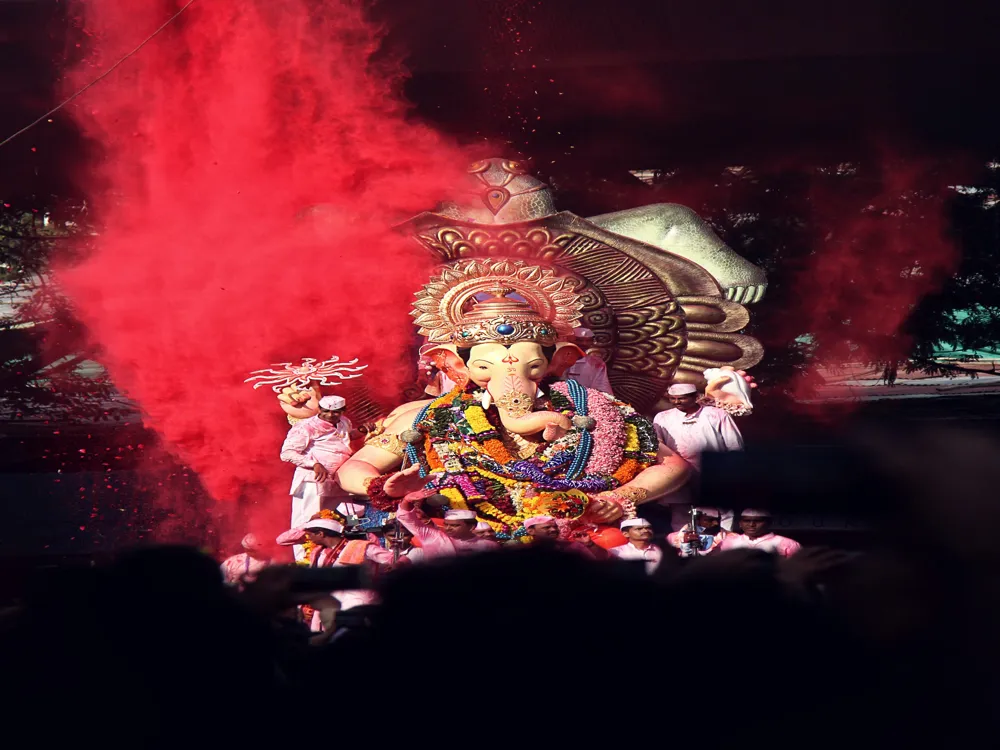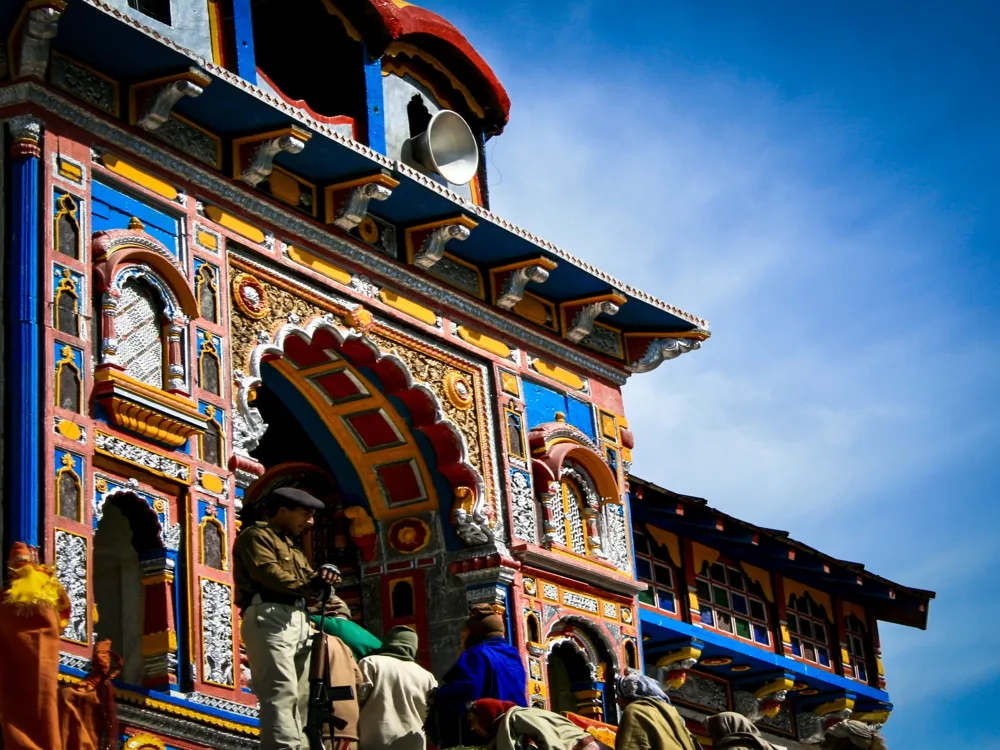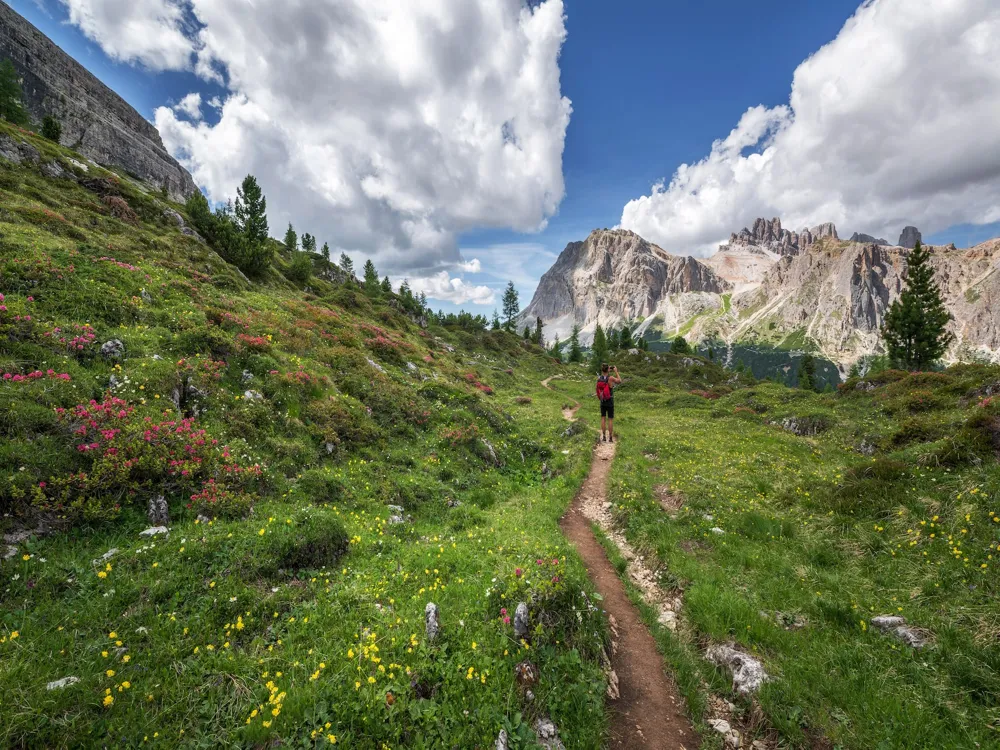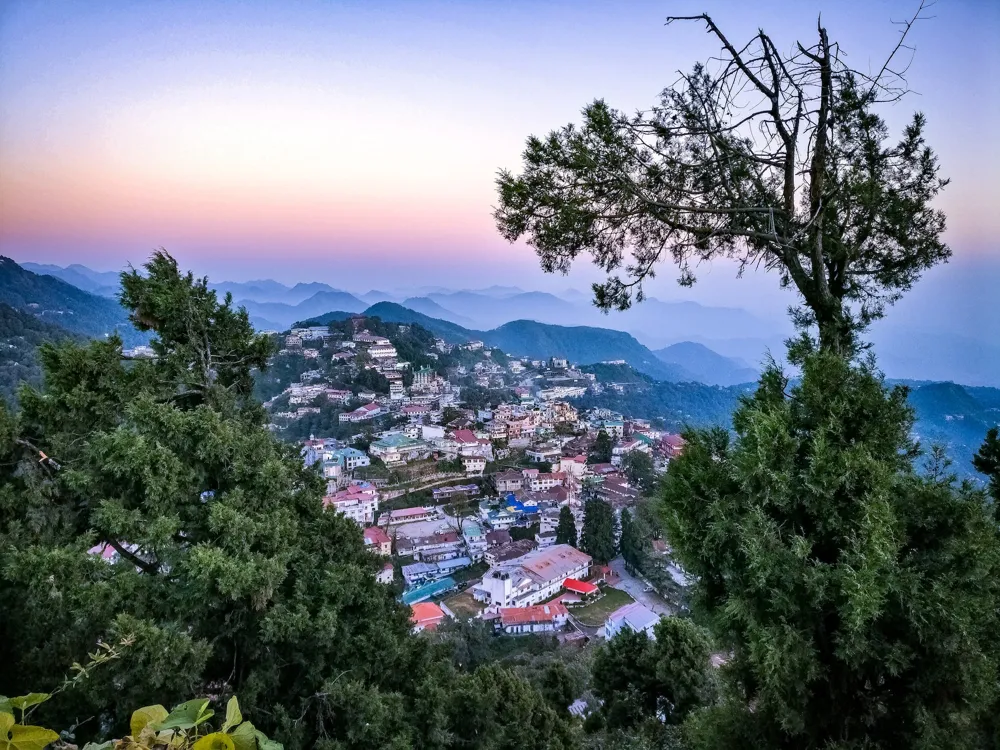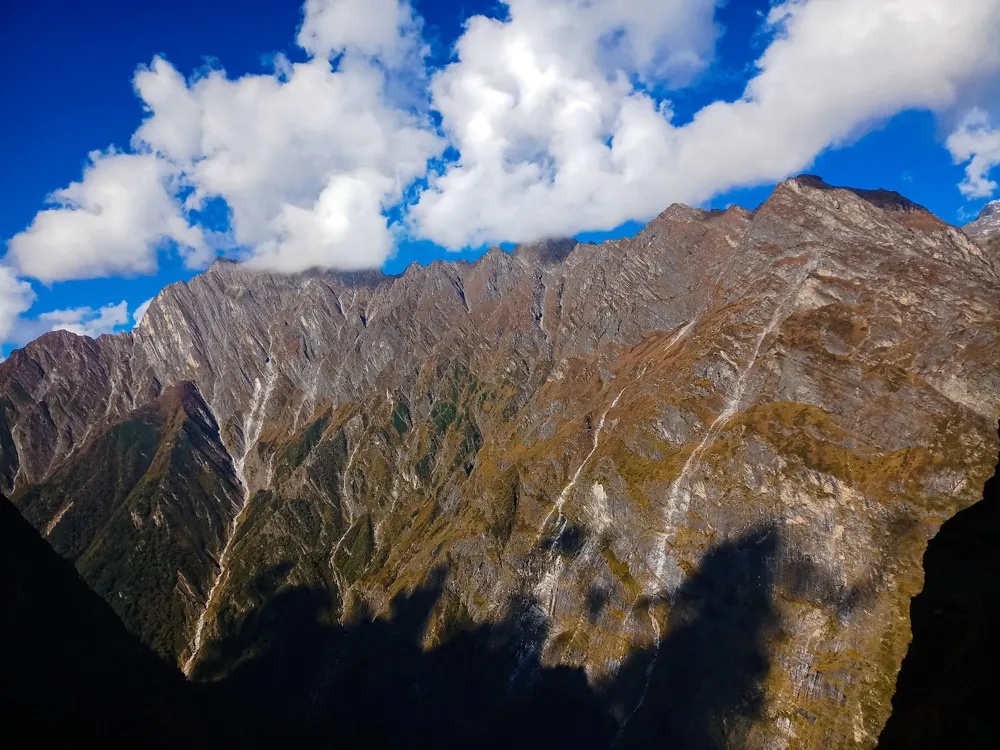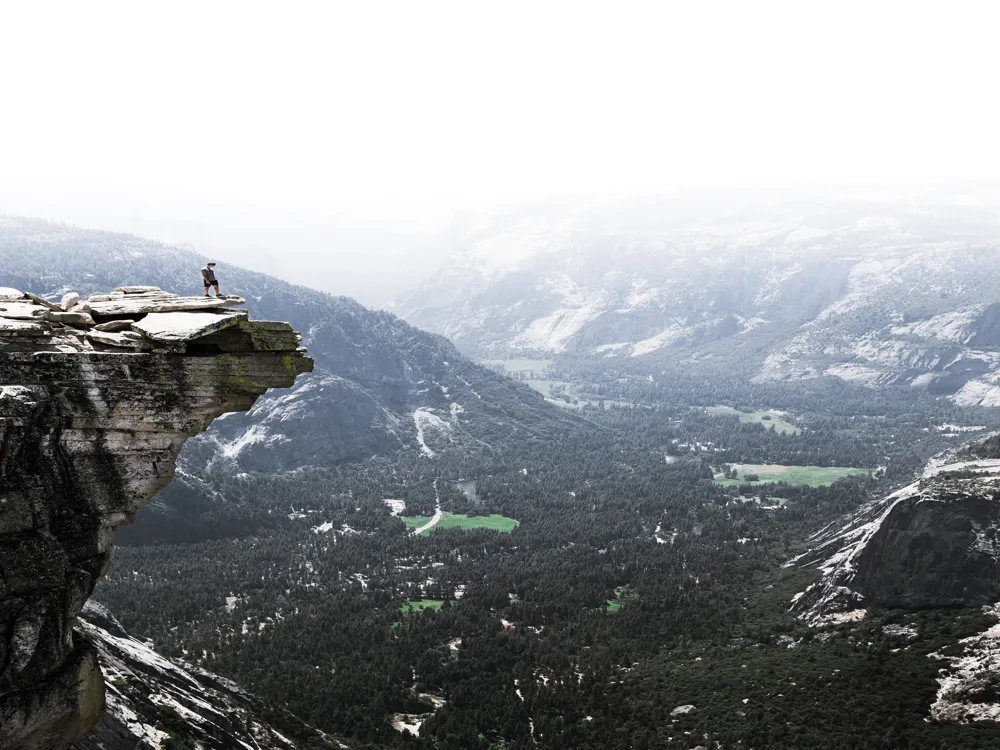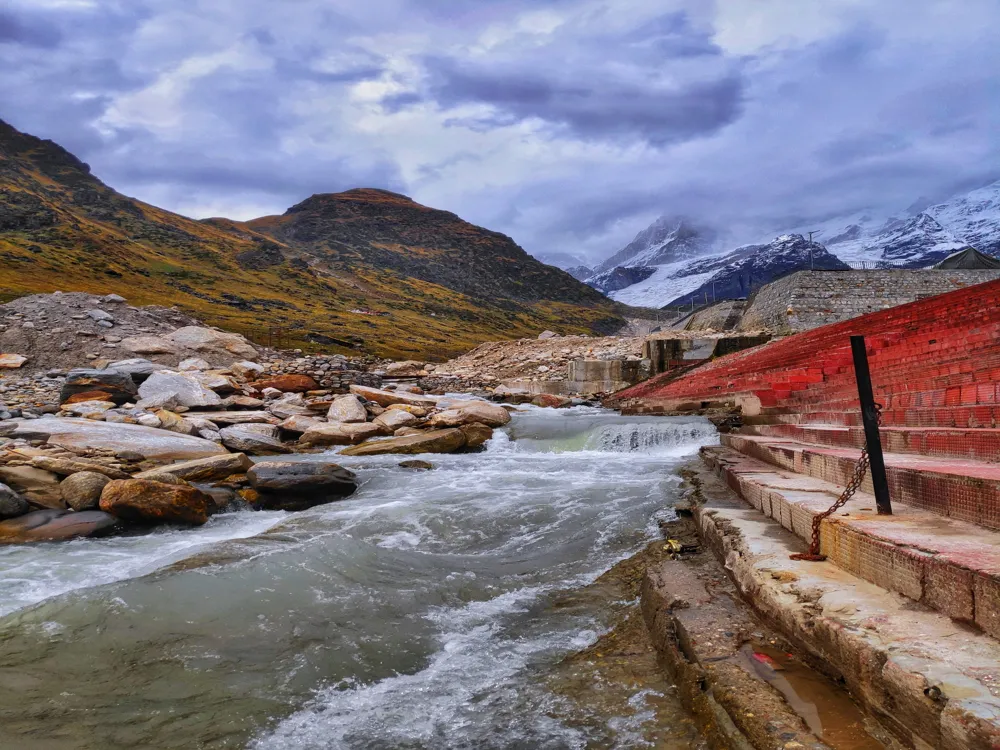The Ganesh Gufa, located in the serene and spiritual geography of Badrinath, Uttarakhand, is a significant point steeped in Hindu tradition and church. This delve is believed to be the place where Lord Ganesh penned down the grand Mahabharata, mandated by the savant Ved Vyasa. The delve, set against the backdrop of the majestic Himalayas, offers a mix of spiritual awakening and natural beauty, making it a must-visit destination for pilgrims and excursionists alike. Ganesh Gufa, a natural delve, holds immense significance in Hindu tradition. As per the legends, it's then that Lord Ganesh, one of the most worshipped divinities in Hinduism, took on the role of a scribe for Ved Vyasa. The Mahabharata, one of the two major Sanskrit epics of ancient India, was composed in this veritable delve. This connection to the epic not only makes Ganesh Gufa a place of religious significance but also a spot of great literal and artistic value. The armature of Ganesh Gufa is a fascinating aspect, blending natural conformations with literal significance. The delve is fairly small yet witchlike, with its naturally formed structures. The innards of the delve, however simple, resonate with the spiritual energy of centuries of deification and reverence. The walls of the delve are adorned with eulogies and oils that depict scenes from the Mahabharata, adding to its mystical air. The ideal time to visit Ganesh Gufa is from May to November, when the weather is pleasant and the paths are accessible. Winters in the Himalayas can be harsh, making it challenging to travel. As a place of religious importance, visitors are advised to maintain decorum and respect the sanctity of the cave. Modest clothing and a quiet demeanor are appreciated. Given the altitude and the terrain, it's essential to be in good health and take the necessary precautions against altitude sickness. Staying hydrated and acclimatizing are key. While photography might be allowed, it's essential to check with the local authorities and respect any restrictions, especially inside the cave. Employing local guides can enhance the experience as they offer insights into the cave's history, mythology, and surrounding area. Reaching Ganesh Gufa involves a combination of roads and a short journey. The nearest major city is Joshimath, well connected by road to major metropolises like Dehradun and Rishikesh. From Joshimath, you can hire original transportation to reach the base of the journey leading to the delve. The journey itself is fairly easy and offers stunning views of the Himalayan geography. Read More:Ganesh Gufa of Badrinath, Uttarakhand: An Enchanting Pilgrimage Destination
Overview of Ganesh Gufa
The delve itself is a phenomenon of nature, girdled by lush verdure and the tranquil terrain of the Himalayas. It serves as a peaceful retreat for those seeking solace and spiritual enrichment. Callers frequently describe their experience at Ganesh Gufa as one of profound peace and introspection. Ganesh Gufa is a naturally formed delve located in Mana Village, near Badrinath. It's believed that Maharishi Vyas mandated the Mahabharata, and Lord Ganesha wrote it in this delve. The delve and the mesmerising meadows that compass it also attract nature suckers and shutterbugsArchitecture of Ganesh Gufa
Outside, the entrance of the delve is marked by a traditional archway, which is frequently decorated with flowers and religious immolations by addicts. The path leading to the delve is lined with monuments and offers a scenic walk through the Himalayan foliage. The humble yet important presence of this delve makes it an architectural wonder in its own unique way.Tips for Visiting Ganesh Gufa
Best Time to Visit
Respecting Sanctity
Health Precautions
Photography
Local Guides
How To Reach Ganesh Gufa
Ganesh Gufa
Badrinath
Uttarakhand
₹ 11,200 onwards
View badrinath Packages
Badrinath Travel Packages
View All Packages For Badrinath
Top Hotel Collections for Badrinath

Private Pool

Luxury Hotels

5-Star Hotels

Pet Friendly
Top Hotels Near Badrinath
Other Top Ranking Places In Badrinath
View All Places To Visit In badrinath
View badrinath Packages
Badrinath Travel Packages
View All Packages For Badrinath
Top Hotel Collections for Badrinath

Private Pool

Luxury Hotels

5-Star Hotels

Pet Friendly








